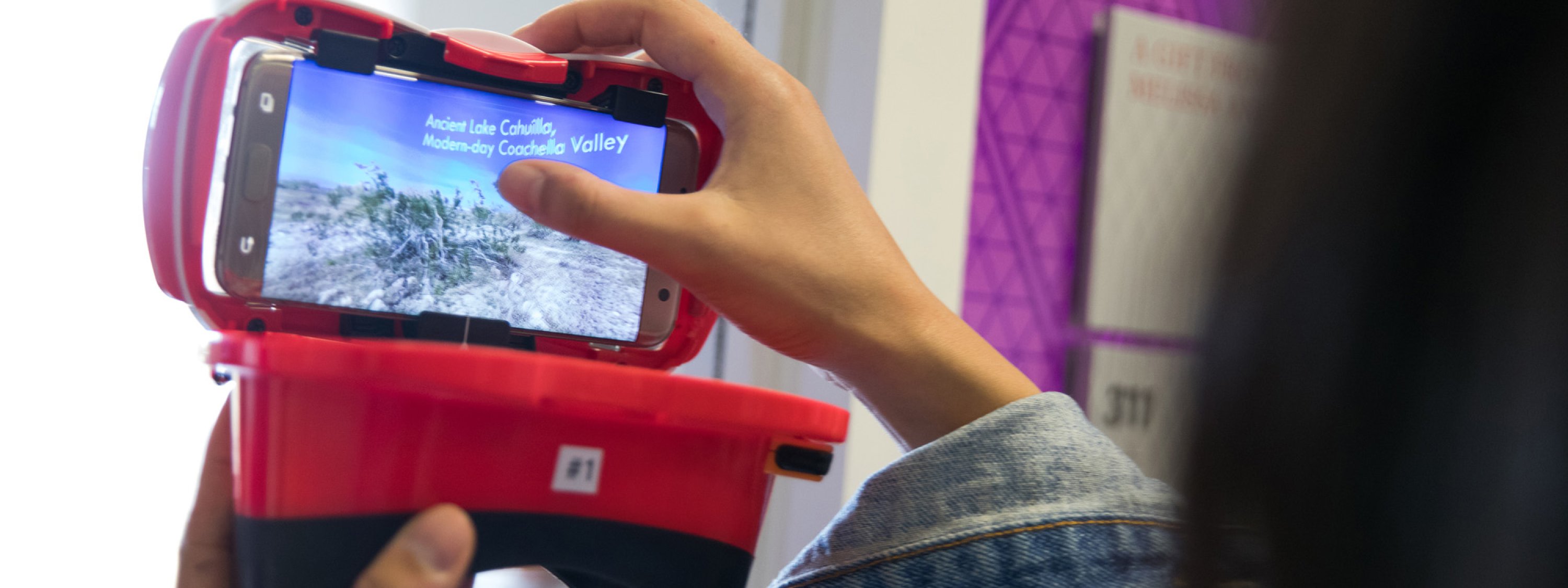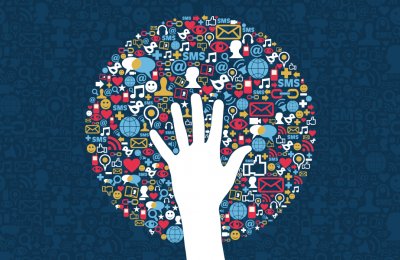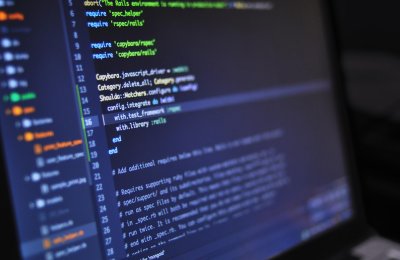Science, Technology and Innovation Research

Through the creation of new interdisciplinary methods of inquiry, we investigate how communication technologies and infrastructures are made, the assumptions and investments that drive them, and the power they have to shape public life.
Our researchers focus on topics such as the social implications of artificial intelligence (AI), the ways in which justice and fairness play out in technological systems, and big data in advertising and public relations.
Science, Technology and Innovation research in action
‘How Machines Came to Speak’
As a communication scholar, Jennifer Petersen focuses on the history of media technologies as they relate to free speech, focusing specifically on how such technologies shape how judges and justices interpret the First Amendment.
Reimagining AI
USC Annenberg faculty research how values-driven artificial intelligence can reshape the way we communicate.
Fusing communications with computer science to track down social media manipulators
During the 2016 presidential election cycle, Emilio Ferrara’s research on automated bots and social media was later cited in federal investigations into Russian interference in that election.
Associated centers
Annenberg Innovation Lab
The Annenberg Innovation Lab is a space where students, faculty, researchers and business entrepreneurs can collaborate on projects that have practical applications and social impact.
Center for the Digital Future
The CDF is a research and policy institute committed to doing work that has a real and beneficial effect on people’s lives, while seeking to maximize the positive potential of the mass media and our rapidly evolving communication technologies.
Center for Climate Journalism and Communication
The Center for Climate Journalism and Communication empowers professionals to be climate storytellers who advance a deeper understanding of the consequences of climate change — from the global to the local.










